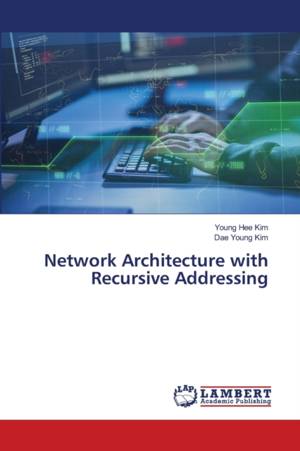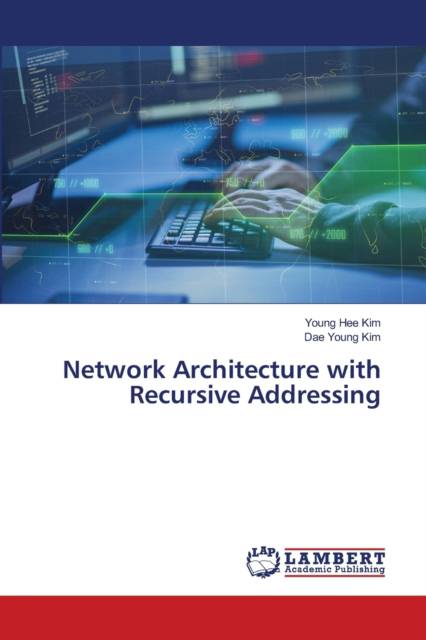
- Afhalen na 1 uur in een winkel met voorraad
- Gratis thuislevering in België vanaf € 30
- Ruim aanbod met 7 miljoen producten
- Afhalen na 1 uur in een winkel met voorraad
- Gratis thuislevering in België vanaf € 30
- Ruim aanbod met 7 miljoen producten
Zoeken
€ 39,45
+ 78 punten
Omschrijving
A network architecture, named NARA, based on recursive addressing is proposed. The Internet is modeled as a network of autonomous sites, each being a collection of nodes. Each site is named by a site address drawn from a global number space while each node is named by a node address drawn from a number space local to each site. Routing among sites depends solely on site addresses while that among nodes within each site on node addresses. Flat routing to render inherent mobility and cached routing as well as virtual routing to additionally cope with the table size are proposed. The model can recursively repeat itself both outwards and inwards in the network, enabling its applicability, for example, to inter-planetary as well as body area networks. The generic architecture NARA is then projected on IPv6 as an implementation example. Instead of introducing a new number space to unload the equivocal semantics of the IP address, the specific implementation, called SID6 (Subnet ID Deprecated for IPv6), removes the interface semantics of the Global Unicast IPv6 address which is then to exclusively identify a node and so is to be used solely as the node address.
Specificaties
Betrokkenen
- Auteur(s):
- Uitgeverij:
Inhoud
- Aantal bladzijden:
- 56
- Taal:
- Engels
Eigenschappen
- Productcode (EAN):
- 9786203410099
- Verschijningsdatum:
- 12/02/2021
- Uitvoering:
- Paperback
- Formaat:
- Trade paperback (VS)
- Afmetingen:
- 152 mm x 229 mm
- Gewicht:
- 95 g

Alleen bij Standaard Boekhandel
+ 78 punten op je klantenkaart van Standaard Boekhandel
Beoordelingen
We publiceren alleen reviews die voldoen aan de voorwaarden voor reviews. Bekijk onze voorwaarden voor reviews.











